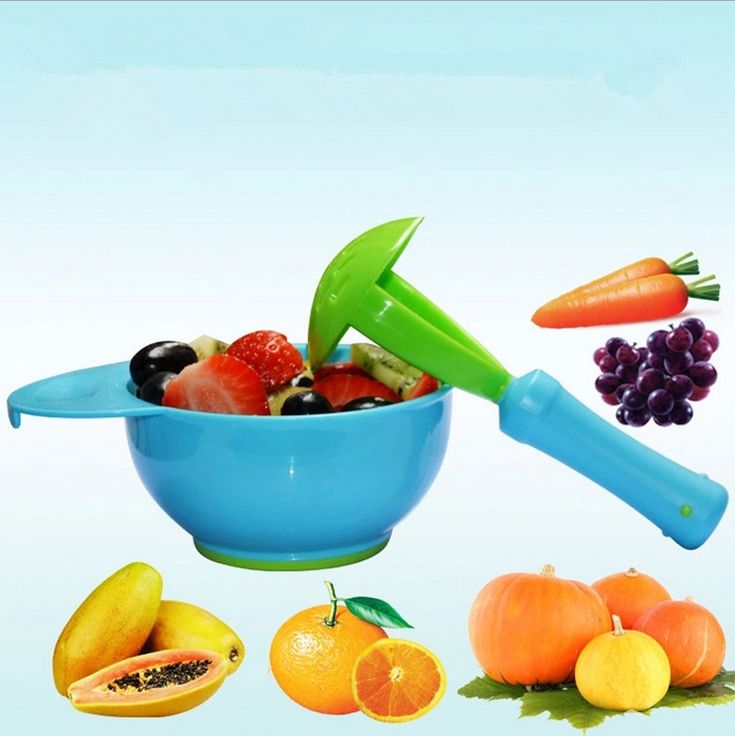When should you stop feeding your baby formula
When Do Babies Stop Drinking Formula?
When you think about cow’s milk and baby formula, it may seem like the two have a lot in common. And it’s true: They’re both (typically) dairy-based, fortified, nutrient-dense beverages.
So there’s no one magical day when your baby will wake up ready to make the leap from formula to straight cow’s milk — and, for most kids, there probably won’t be an a-ha moment when they cast the bottle aside in favor of a cup. Still, there are some basic guidelines for when to transition to whole milk.
In general, experts recommend weaning your baby off of formula and onto full fat dairy milk at around 12 months of age. However, like most baby-raising standards, this one isn’t necessarily set in stone and can come with certain exceptions.
Here’s a look at when and how to get your little one moo-vin’ on up (yep, we went there) to milk.
The American Academy of Pediatrics (AAP) and American Academy of Family Physicians recommend that, in the year between 12 and 24 months old, babies should receive 16 to 24 ounces per day of whole milk. Prior to this time, you’ve probably been discouraged from giving your little one dairy milk — and for good reason.
Until about 1 year of age, infants’ kidneys simply aren’t strong enough to tackle the load cow’s milk throws at them. “Cow’s milk contains high amounts of protein and minerals, such as sodium, which are difficult for an immature baby’s kidneys to handle,” says Yaffi Lvova, RDN, of Baby Bloom Nutrition.
However — even though there’s no flip of a switch from “unready” to “ready” inside your baby’s body — around 12 months of age, their system becomes well-developed enough to digest regular milk. “By this point, the kidneys have matured enough to be able to process cow’s milk effectively and healthily,” says Lvova.
Besides, once your baby reaches 12 months, beverages can take on a different role in their diet. Whereas once your child depended on liquid formula or breast milk to meet their nutritional needs, they can now rely on solid foods to do this job. Beverages become supplemental, just like they are for adults.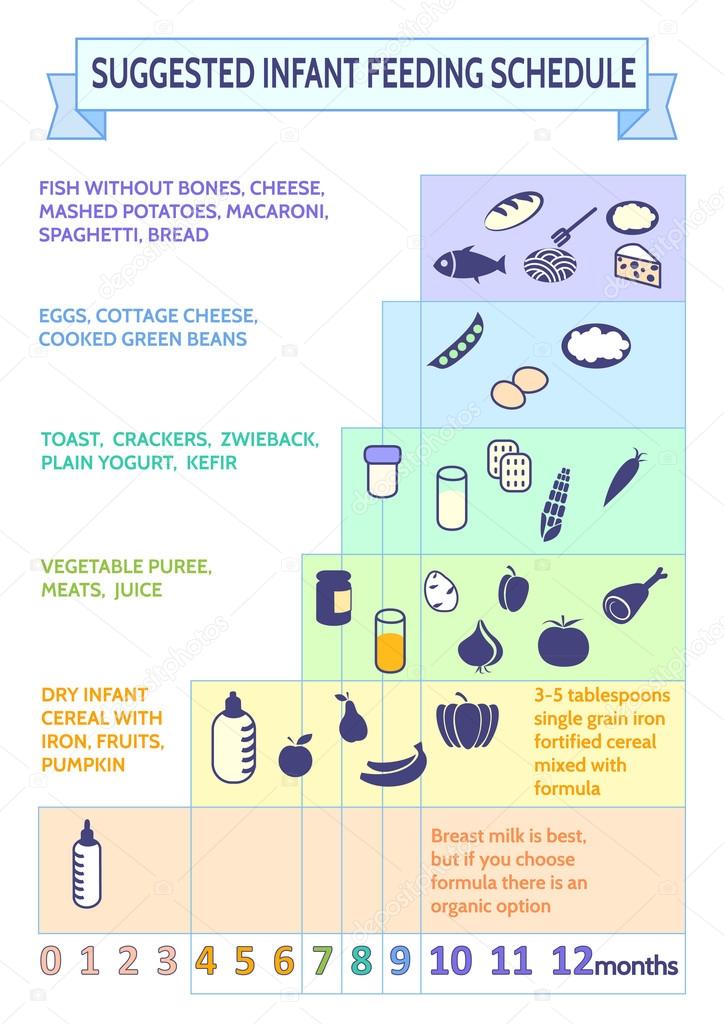
There may, of course, be special circumstances where your baby isn’t quite ready to start cow’s milk at age 1. Your pediatrician might instruct you to hold off temporarily if your baby has kidney conditions, iron-deficiency anemia, or developmental delays.
You may also be advised to give your baby 2 percent milk (rather than whole) if you have a family history of obesity, heart disease, or high blood pressure. But don’t do this without a doctor’s guidance — most babies should absolutely be drinking full fat milk.
Also, if you’re breastfeeding, introducing cow’s milk doesn’t mean you have to stop nursing.
“If a mother is interested in continuing the breastfeeding relationship, or in feeding the 12-month-old pumped breast milk instead of switching to cow’s milk, that is also an option,” says Lvova. Just consider this another healthy, supplemental beverage for your growing kiddo.
And now the million-dollar question: How exactly do you make the transition from one creamy drink to the other?
Thankfully, you don’t have to stealthily remove baby’s favorite bottle the minute they blow out the candle on their first birthday cake. Instead, you may prefer to switch from formula to milk somewhat gradually — especially since some babies’ digestive tracts take a little time to get used to a steady intake of cow’s milk.
Instead, you may prefer to switch from formula to milk somewhat gradually — especially since some babies’ digestive tracts take a little time to get used to a steady intake of cow’s milk.
“In cases where a child experiences tummy upset or constipation, mixing breast milk or formula with cow’s milk may smooth the transition,” says Lvova. “I recommend starting with 3/4 bottle or cup breastmilk or formula and 1/4 bottle or cup cow’s milk for a few days, then increasing to 50 percent milk for a few days, 75 percent milk for a few days, and finally giving the baby 100 percent cow’s milk.”
According to the AAP, babies from 12 to 24 months should receive 16 to 24 ounces of whole milk every day. It’s possible to break this up into numerous cups or bottles throughout the day — but it may be easier and more convenient to simply offer two or three 8-ounce servings at mealtimes.
Despite their apparent similarities, formula and cow’s milk do have notable nutritional differences. Dairy milk contains more protein and certain minerals than formula. On the other hand, formula is fortified with iron and vitamin C in the appropriate amounts for infants.
On the other hand, formula is fortified with iron and vitamin C in the appropriate amounts for infants.
However, now that your baby is eating solid food, their diet can fill in any nutrition gaps left by transitioning off formula.
At this point, both formula and milk are just a part of baby’s overall healthy eating, which can now include fruits, vegetables, whole grains, meats, legumes, and additional dairy products besides milk.
If you know your baby has a milk allergy, you may be wondering about your options when it’s time to say goodbye to formula. Traditionally, soy milk has been an acceptable substitute for dairy milk at this age because of its comparable protein content.
These days, though, a host of alternative milks on grocery shelves can crowd the decision of which one to give your baby — and they’re not all created equal.
Many alternative milks — like rice milk and oat milk — contain added sugars and nowhere near the protein content of dairy or soy. They also don’t often get fortified with the same extra nutrients that get put into cow’s milk. And many are far lower-calorie than soy or dairy — possibly a boon for adults, but not necessarily what a growing baby needs.
They also don’t often get fortified with the same extra nutrients that get put into cow’s milk. And many are far lower-calorie than soy or dairy — possibly a boon for adults, but not necessarily what a growing baby needs.
If cow’s milk isn’t an option for your baby, an unsweetened soy milk is a solid choice, but talk to your pediatrician about the best alternative.
Now that your kiddo has more autonomy — and some new words in their vocabulary — it’s likely that, before long, they’ll be asking for other drinks besides milk.
So can you occasionally give in to the requests for juice or a sip of your soda? Best not to.
“Juice can be used medicinally to treat constipation, often a concern during this time as the child adapts to cow’s milk,” says Lvova. Other than that, skip the sweet drinks. “Juice for pleasure or hydration isn’t encouraged because of its sugar content in the absence of other nutrition.”
The AAP concurs, saying, “the best choice beverages are really simple: plain water and milk. ”
”
Just like how — in your humble opinion — nobody has cuter dimples or a more irresistible smile than your little one, no baby is quite like yours in terms of development, either.
It’s possible that there may be reasons to delay switching your baby to whole milk — but most babies will be ready to transition at 12 months.
Ease into the transition with a mix of formula and milk over a couple of weeks, and talk to your pediatrician if you have questions or concerns.
When Do Babies Stop Drinking Formula?
When do babies stop drinking formula? This is a question every parent of a formula-fed baby asks themselves, as there will come a time when your little one is ready to make the big switch to milk. Would you like to know how long babies drink formula and how to transition from formula to milk? We’ve got you covered with all the answers to these common questions and more!
How Long Do Babies Drink Formula?
So, at what age do babies stop drinking formula? The general rule of thumb is to start transitioning from formula to cow’s milk at 1 year, but not anytime sooner. During the first year of life, babies experience rapid growth and development and require nutrient-rich breast milk or formula to supply what’s necessary and essential to support their development. Though nutritious, cow’s milk can’t be digested by babies younger than 1.
During the first year of life, babies experience rapid growth and development and require nutrient-rich breast milk or formula to supply what’s necessary and essential to support their development. Though nutritious, cow’s milk can’t be digested by babies younger than 1.
How to Transition From Formula to Milk
Switching from formula to milk is fairly straightforward—you simply swap the two! This is because formula and milk are nutritionally similar. Of all the formulas sold in the United States, 8 out of 10 are cow’s milk-based formulas. Manufacturers make formula digestible and adequately nutritious for newborns by treating and fortifying it. And since babies can start drinking milk only when their digestive systems are ready, formula will get them through that first year. By the time your little one is 12 months, they’ll be ready to enjoy nutritious cow’s milk!
To learn more about how your little one will develop through the years, check out our baby growth calculator below!
Introducing Solids: 6 Months
Prior to the transition from formula to milk, you’ll expand your baby’s menu by incorporating a few solid foods into their diet, usually when your little one is about 6 months old. This will help your child (and their digestive system) get used to trying new flavors.
Here’s what to do at 6 to 12 months, before you begin switching from formula to milk:
This will help your child (and their digestive system) get used to trying new flavors.
Here’s what to do at 6 to 12 months, before you begin switching from formula to milk:
Introduce solid foods. At about 6 months, you can start introducing baby-friendly solid foods to your little one. The nutrients in these soft, small foods will balance nicely with those found in formula.
Pair solids with formula. From 8 to 12 months, babies need just 22 to 32 ounces of formula each day. The rest of your little one’s diet will consist of solid foods.
As your baby gets used to this new smorgasbord of foods, you can simply swap the formula for milk. It doesn’t have to be a gradual process unless that better fits your little one’s needs.
Making the Transition: 12 Months
At 12 months, your baby is ready to make the full switch to milk. However, as your little one starts drinking milk, you may notice a few changes in feeding behavior. Here are a couple of things to keep in mind:
Here are a couple of things to keep in mind:
A reduced appetite is normal. As your baby develops, their rate of growth starts to slow down, and you may notice a reduced appetite. This is totally normal, and at 1 year, your little one really only needs about 1,000 calories a day to support their development.
It’s OK to be picky about food. Maybe your toddler won’t want to eat all the food on their plate, and that’s OK! What’s more important is consuming nutrient-dense milk and letting your baby lead the way by experimenting with other flavors in solid foods.
Adding one-half to one cup of whole or 2 percent milk to each meal or snack will do the trick. In total, aim for about three cups of milk each day.
And it’s really that simple! Your baby may even prefer the taste of cow’s milk to formula. The challenge in getting your toddler to eat is less about how to transition from formula to milk and more about your little one becoming accustomed to and enjoying a varied diet of solid foods.
 Read more about your baby’s first solid food and how to introduce solids into your little one’s feeding schedule.
Read more about your baby’s first solid food and how to introduce solids into your little one’s feeding schedule.
Alternatives to Cow’s Milk
There are a few reasons you might choose an alternative to cow’s milk as you start transitioning from formula to milk. Some babies may have lactose intolerance or a milk allergy. Perhaps your little one simply doesn’t like the taste, or maybe your family prefers to avoid animal products. A fortified, unsweetened soy milk is often recommended as a substitute for cow’s milk. There are other plant-based options that may or may not contain the right amount of protein and vitamins to support healthy growth. If you’d like to use an alternative to cow’s milk, consult your healthcare provider to make sure your baby is getting the nutrients they need.
How to Start Weaning Your Baby Off Formula
Luckily, the process of transitioning from formula to milk is fairly simple. However, there are a few tips to make the switch as smooth as possible as you wean your baby off formula.
Weaning typically refers to the gradual transitioning from breast feeding to bottle feeding; in this case, it can also refer to preparing your baby to switch from formula to milk.
Although you can simply swap formula for milk, here are a few things you can do to get ready for the big change!
However, there are a few tips to make the switch as smooth as possible as you wean your baby off formula.
Weaning typically refers to the gradual transitioning from breast feeding to bottle feeding; in this case, it can also refer to preparing your baby to switch from formula to milk.
Although you can simply swap formula for milk, here are a few things you can do to get ready for the big change!
Diversify flavors. The first step is to use solid foods to diversify flavors and get your baby used to eating new foods. As mentioned above, this can typically start at about 6 months.
Practice hand coordination. As your baby starts to eat solids, let them use a spoon independently. This will help your little one build coordination and fine motor skills for eating on their own and using a cup when drinking milk.
Transition to a cup. Many parents wonder when a baby should stop using a bottle. You can introduce a cup once your baby has the necessary coordination and hand skills, which could be as early as 6 months.
 After practicing eating with fingers and a spoon, your baby may be ready to completely self-feed and drink from a cup at around 1 year.
After practicing eating with fingers and a spoon, your baby may be ready to completely self-feed and drink from a cup at around 1 year.
Start gradually by letting your baby hold a cup and get a feel for it. Then put a little formula in it and show them how to tip it back and sip. Use a baby-friendly sippy cup to help avoid spills and dribbles!
Once your baby has the hang of it, change one bottle feeding to a cup each day and work your way up. Eventually, you can swap every bottle for a cup.
Every child is different, and your baby may not want to drink from a cup right away. Be patient, as your little one may need 6 months or more to make the full transition.
Transitioning Gradually From Formula to Milk
Some babies need a little more time to make the switch from formula to milk, and that’s OK! Simply introduce milk little by little. Be patient and know that your toddler is on the right path.
In the end, what’s most important is offering your little one food with a variety of nutrients, flavors, and textures throughout the week. No need to worry if you have a picky eater on your hands. Within an entire week—believe it or not—it usually works out, and even the pickiest eaters will most likely get the nutrients they need!
No need to worry if you have a picky eater on your hands. Within an entire week—believe it or not—it usually works out, and even the pickiest eaters will most likely get the nutrients they need!
When Do Toddlers Stop Drinking Milk?
Once you’ve made the switch, and your little one is drinking milk every day, the next question on your mind could be: when do toddlers stop drinking milk? This common question has a complex answer. Milk is an important source of fats, protein, calcium, and vitamins A and D, and children of any age as well as adults can continue to drink it for the rest of their lives if they wish. However, lactose intolerance can appear later in life, typically in older children and adults. So, just watch for signs of digestive discomfort and talk to your healthcare provider if you suspect an intolerance or allergy to milk. During the stage when your child is drinking milk, it’s helpful to know how much of it a toddler typically needs:
12-24 Months: Three cups per day.
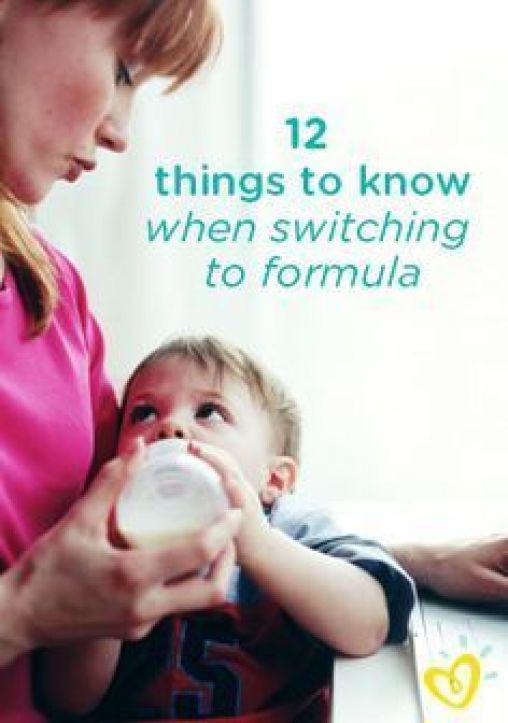
24+ Months: Two cups per day.
At 24 months, your child is getting important nutrients from other sources, like solids. So, you can lower the amount of milk they consume.
The Bottom Line
So, when do babies stop drinking formula? The answer is surprisingly simple! At about 12 months, your baby’s digestive system is ready to start processing nutrient-rich cow’s milk. And transitioning from formula to milk is even easier—just swap it!
Before you make the transition, you can introduce new flavors via solid foods to your little one at around 6 months. And once your baby develops coordination and hand skills, start the gradual move to a sippy cup. This will all help ease the process of switching from formula to milk.
Read more about baby development milestones as your little one grows from a bottle-loving newborn to a self-feeding toddler!
Up to what age can a child be fed formula milk?
— If breastfeeding is not possible, then formula is the best feeding option for the baby. Often mothers are worried that the mixture is not useful enough, it can be harmful or dangerous. Of course, breast milk is the best food for a baby, but if it is not possible, then there is nothing wrong with the mixture, you should not worry. nine0005
Often mothers are worried that the mixture is not useful enough, it can be harmful or dangerous. Of course, breast milk is the best food for a baby, but if it is not possible, then there is nothing wrong with the mixture, you should not worry. nine0005
To begin with, I would like to say that there is no point in finishing formula feeding as soon as possible. There is no such clear boundary after which it is impossible to feed the baby with a mixture. Usually, the transition from the mixture occurs smoothly, each baby is different. The minimum age up to which it is desirable to feed with an adapted milk formula is 1 year, and then we look at the child.
— How should complementary foods be combined with formula feeding? For example, if a baby at seven months refuses the formula and at the same time eats complementary foods? Is this normal or should I try to keep formula feeding? nine0004
- I can't say this is normal. If you take a seven-month-old baby, then no matter what time they begin to introduce complementary foods, by this age he still receives a fairly limited set of products. Therefore, it is impossible to fill all the needs of the child's body with the help of complementary foods. Complementary foods are an intermediate step in the transition to the "adult" table, and the baby still has to receive a huge amount of nutrients from breast milk or from formula. Therefore, I do not recommend removing formula from the child's diet at such an early age. nine0005
Therefore, it is impossible to fill all the needs of the child's body with the help of complementary foods. Complementary foods are an intermediate step in the transition to the "adult" table, and the baby still has to receive a huge amount of nutrients from breast milk or from formula. Therefore, I do not recommend removing formula from the child's diet at such an early age. nine0005
– Polina Alexandrovna, when can you switch from formula to kefir and yogurt and how will this affect the child’s digestion?
- By and large, this is not a transition. When we introduce fermented milk products - yogurt or kefir - into complementary foods, the baby usually still receives enough nutrition in the form of a mixture (2-3 feedings). And replacing them with yogurt or kefir would be completely wrong. Despite the fact that these are fermented milk products and some of the proteins in them have already been broken down by the bacteria that are contained there, the protein load remains quite large. And at this age (they are introduced at about 8 months), it would be wrong to consider a fermented milk product several times a day as a complete source of nutrition. It is better to introduce dairy products into the child's diet as one of the additional types of complementary foods along with the milk mixture, which remains in the baby's diet for up to a year. And it is advisable to start not with kefir, but with yogurt - its acidity and composition will be more gentle for a small child. Kefir is better to enter by 9-10 months.
And at this age (they are introduced at about 8 months), it would be wrong to consider a fermented milk product several times a day as a complete source of nutrition. It is better to introduce dairy products into the child's diet as one of the additional types of complementary foods along with the milk mixture, which remains in the baby's diet for up to a year. And it is advisable to start not with kefir, but with yogurt - its acidity and composition will be more gentle for a small child. Kefir is better to enter by 9-10 months.
- Let's move on to the older kids. Why is it better for children from one year to use a mixture of the third formula, and not whole cow or goat milk?
-
The protein composition of cow's and goat's milk differs significantly from that of breast milk and adapted formulas based on cow's or goat's milk.
When a child consumes whole milk, there is a risk of getting an excess of proteins and microelements, which is not a very good factor - the child's body begins to intensively remove excess substances.
 A very large load falls on the kidneys, there is a violation of their function. Microelements are also excreted, which are few, but the child still needs them. nine0005
A very large load falls on the kidneys, there is a violation of their function. Microelements are also excreted, which are few, but the child still needs them. nine0005 -
Whole cow's and goat's milk is rich in some elements and proteins, but contains quite little in others.
For example, cow's milk is not very rich in iron and goat's milk is not very rich in folic acid. There is an imbalance - the child receives an excess of some substances and at the same time does not receive others. Therefore, adapted milk mixtures are more relevant.
-
When buying whole cow's or goat's milk, you can't always be sure of the quality of the product. nine0030
Even when buying on the market in "verified places", no one will give you a guarantee that this milk is really good. No one will talk about how goats and cows are kept, how milk was stored. But when you buy formula milk, you can be sure of its quality - baby food is produced under very strict control.

-
Proper use of the mixture reduces the risk of bacterial growth.
The undoubted convenience of mixtures is that they are usually sold in dry form and diluted immediately before use. Due to this, the risk of reproduction in the product of pathogenic bacteria, which lead to various problems of the baby's gastrointestinal tract, is reduced. nine0005
— When can a switch to pure cow's or goat's milk be recommended? It is believed that up to 3 years the child's digestive system does not tolerate them well.
- Yes, indeed, there is such an opinion. I completely agree with him and do not recommend transferring babies under three years old to adult goat or cow milk for the reasons indicated above. It must be understood that if proteins undigested by the baby are retained in the gastrointestinal tract, they remain in the intestinal lumen. And if these are proteins of the casein fraction, they can negatively affect it - irritate the intestinal walls and lead to discomfort. And large molecules that are not crushed by enzymes, but enter the bloodstream, can cause allergic reactions. nine0005
And large molecules that are not crushed by enzymes, but enter the bloodstream, can cause allergic reactions. nine0005
It is better not to risk and use those products that are recommended for babies under three years old, namely, special milk formulas. They are adapted to this age, fortified and contain the optimal ratio of proteins and microelements so that the baby gets what he needs, and at the same time does not eat anything extra.
- Is it true that “normal milk is not found now” and the mixture will be healthier for the baby?
— Yes, indeed, when we buy whole milk, it is not always possible to be sure that the milk is produced as they say. Infant formulas are produced under strict control, according to certain technologies. Therefore, of course, there is much more confidence in such products. nine0005
— Polina Alexandrovna, there is a myth that if you feed a baby with milk formula for a long time, he will not learn to chew properly. Is this true?
— There is some truth in this. If we feed a child only formula and nothing else, then, of course, he will not learn to chew, because we do not offer him the kind of food that can be chewed. The baby will not learn to chew on its own without your help.
If we feed a child only formula and nothing else, then, of course, he will not learn to chew, because we do not offer him the kind of food that can be chewed. The baby will not learn to chew on its own without your help.
While formula feeding, we start the introduction of complementary foods with a homogeneous puree without pieces. There is nothing to chew there, but when the baby gets used to it, we gradually introduce food with small and soft pieces, then the pieces become larger and harder. And it is thanks to this that the child learns to chew. If, along with this food, the baby receives a milk formula, then, of course, he will not forget how to chew from what he eats from a bottle. Therefore, it is fundamentally important here not how long you feed the formula, but whether you offer the child pieces that he can learn to chew. nine0005
Read also
- about what foods to start feeding your baby with and how to combine complementary foods and artificial feeding
— If a child of more than two years old eats formula with pleasure, is it necessary to worry and limit it? Or will he eventually give up on her?
- There is definitely no need to worry, there is nothing wrong with that. If a child receives a mixture adapted to his age (for two years this is the third stage), then, of course, this should not bother you. But you need to regulate the consumption of the mixture. nine0005
If a child receives a mixture adapted to his age (for two years this is the third stage), then, of course, this should not bother you. But you need to regulate the consumption of the mixture. nine0005
It is important to be aware that the mixture, although liquid, is a source of a huge amount of nutrients, it has a fairly high calorie content. So this is not a drink that can be consumed up to five times a day. Such a mixture can be equated with a meal and, accordingly, left or introduced into the child's diet adequately to his needs and age norms. A two-year-old child can be given formula for an afternoon snack instead of a dairy product. In this case, this is adequate nutrition adapted to the age of the baby, and he will only benefit from it. There will be harm if this product is abused. nine0005
— How many times a day should the child be fed the 3rd formula?
- Everything depends not only on the age of the child, but also on how much complementary foods he receives.
-
The child receives a sufficiently large amount of complementary foods.
He receives the main part of his food during the day from complementary foods, there is one milk feeding at night. In this case, we leave the mixture for night feeding.
-
The child is accustomed to getting formula for the afternoon snack. nine0030
It will not be a problem at all if he receives the mixture both day and night.
Always start from the needs of the child. For example, if the baby is one year old and he still has two or three milk feedings, then you do not need to strive to quickly get away from the mixture and reduce such feedings to a minimum. Do this when the child is comfortable. That is, there is no such thing that the mixture can be given only at night or only during the day.
— When is it time to completely transfer the child to the "adult" table? How can a mother understand that the child’s body no longer needs the mixture and that he receives all the nutrients from other foods? nine0004
— You need to pay attention to a few things:
- consult a pediatrician who can take into account the characteristics of the child and focus on his opinion;
- it would be nice to count calories, proteins, fats and carbohydrates, although it is unlikely that mom will do this;
- analyze how the baby eats, how much food and nutrients he receives with complementary foods.

Based on this, we look at when to move away from formula. But if a 2.5-year-old child uses formula once a day and this is not another extra meal, but the same afternoon snack with fruit or cookies, then everything is quite adequate. nine0005
— Polina Alexandrovna, and at the end of the conversation: what is the use of MAMAKO ® Premium mixtures for children and up to what age should they be given?
-
Range 0 to 3 years
— First of all, I would like to note that MAMAKO ® has a specially adapted formula for each age. For babies in the first six months of life - 1, from six months to a year - 2, and for babies older than 1 year - adapted milk drinks marked 3. This, of course, is a big plus, because babies get what they need at each specific age. nine0005
-
Saturation of mixtures with useful components
- Secondly, the rich composition of the mixtures is a big plus. Every age child has different needs.
 Dry infant formulas MAMAKO ® contain both a complex that supports the development of the nervous system, a complex that protects the eyes, and pre- and probiotics that promote comfortable digestion. Thanks to this enrichment, of course, this mixture is quite useful for the baby. nine0005
Dry infant formulas MAMAKO ® contain both a complex that supports the development of the nervous system, a complex that protects the eyes, and pre- and probiotics that promote comfortable digestion. Thanks to this enrichment, of course, this mixture is quite useful for the baby. nine0005 -
Adequate protein composition
- Thirdly, the protein composition of the mixtures is adapted to the specific age of the baby, which means there is no protein load on the kidneys.
-
Benefits of goat milk
- If we are talking about the basis of the mixture MAMAKO ® Premium - goat's milk, then, of course, it is more preferable for feeding babies than cow's milk. Goat milk proteins have a composition closer to breast milk proteins, and it is easier for a child to digest them than cow milk proteins. nine0005
There is no clear boundary when you need to remove the mixture from the child's diet.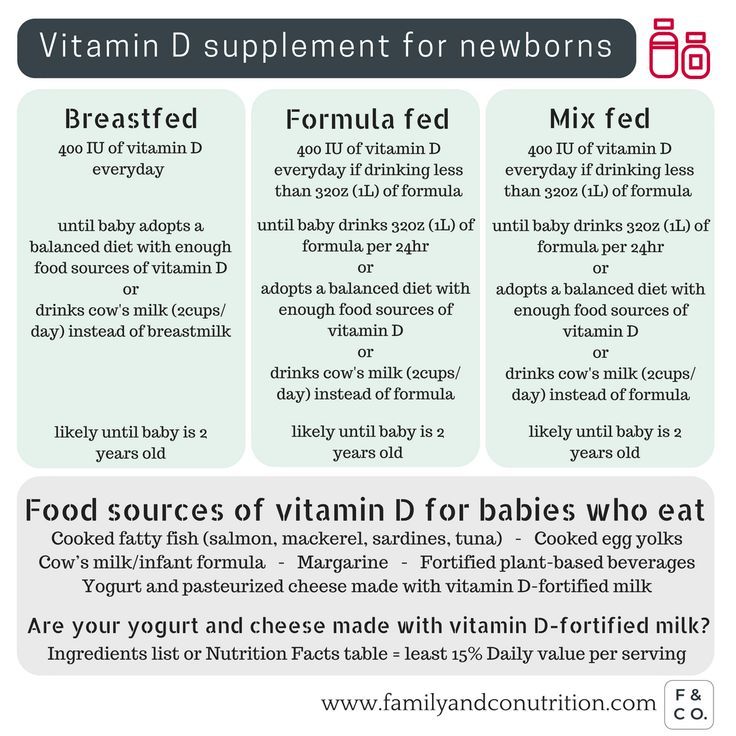 The minimum is one year, the age when the baby still needs milk feeding. From 1 year to 3 years is the period when you can focus on the desires and needs of the baby, on what is more comfortable for you, and at this time you can continue or complete feeding with the mixture. Most importantly, formula feeding must be adequate so that the baby does not overdo the calories and nutrients. nine0005
The minimum is one year, the age when the baby still needs milk feeding. From 1 year to 3 years is the period when you can focus on the desires and needs of the baby, on what is more comfortable for you, and at this time you can continue or complete feeding with the mixture. Most importantly, formula feeding must be adequate so that the baby does not overdo the calories and nutrients. nine0005
* Breast milk is the best food for babies. WHO recommends exclusive breastfeeding for the first 6 months of a child's life and continued breastfeeding after complementary foods are introduced until the age of 2 years. Before introducing new products into the baby's diet, you should consult with a specialist. The material is for informational purposes and cannot replace the advice of a healthcare professional. For nutrition of children from 12+ months. The product is certified.
When do babies stop being fed milk or formula?
When children stop ...
42 answers Remove
#1
#2
#3
#4
And on the topic, so up to a year. .. understandable.
.. understandable.
#5
#6
9000 #7
#8
#9,0005
9000 #10
#11
Remove from breast milk and formula in a year and a half, gradually transferring to diluted cow or goat milk from a year.
Introduce complementary foods closer to six months. Very neat, one product per week. Start with cereals and vegetable purees. Do not give juices for up to a year at all, destroy the pancreas, causing uncontrolled allergies in the future, you won’t even guess why this happened. Start with fruit purees, then add dried fruit compote. Add meat at 7-9months.
#12
#13
MIS KA
everything depends on my allergy, so I became complementary foods later to introduce, but still it seems to me that it is better to start from 6 months, until this time mother's milk is quite enough, and once again it makes no sense to overload the child's digestive system
1 217 answers
The man immediately warned that all property was recorded for children
904 Reply
Such a salary - I do not want to work
595 answers
Lies 22 years long. How to destroy?
892 answers
Husband left, 2 months of depression... How will you cope if you are left all alone?
Reply
#27
#30
spleen
My daughter is seven years old.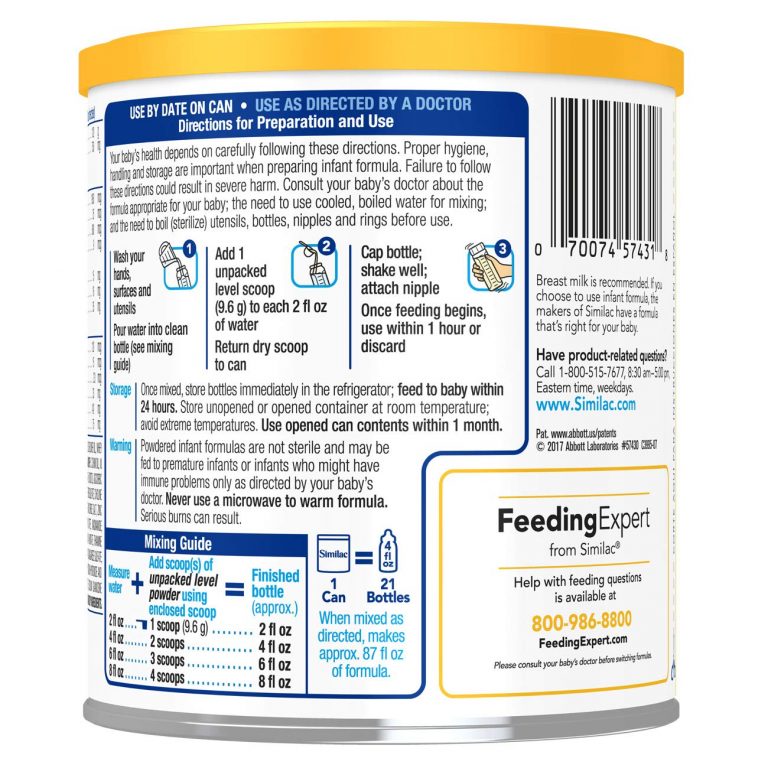 We still give the mixture in the evening before bed. I don't see anything wrong with that. A child in her age is in any case supposed to receive 500 mg of milk and dairy products. I think this issue should be decided individually. I know, for example, it is not recommended to tear a child from the chest if he has rickets. And if there is someone in the family with breast cancer (t-t-t!), Then it is better for the mother to feed the child to the last.
We still give the mixture in the evening before bed. I don't see anything wrong with that. A child in her age is in any case supposed to receive 500 mg of milk and dairy products. I think this issue should be decided individually. I know, for example, it is not recommended to tear a child from the chest if he has rickets. And if there is someone in the family with breast cancer (t-t-t!), Then it is better for the mother to feed the child to the last.
#31
Guest
Your child can be given ordinary cow's milk for a long time
And why is store-bought milk better than milk formula? There is at least a balanced set of vitamins and microelements in the mixture, but what about store-bought powder? ))
#32
#33
#34
All products for the baby - from their own garden, milk - straight from the cow, that is, all natural, without nitrates and preservatives. , if you can breastfeed, don't even think about any artificial mixtures!
, if you can breastfeed, don't even think about any artificial mixtures!
Health to your child, and unlimited patience to you! :)
#35
#36
New topics
-
9000 9000 9000 9000 9000
Can a child eat cutlets at 4 months
23 answers
-
A child of 8 months hangs on his chest
2 answers
-
5 answers
-
GV to 4 years
3 answers
-
Salt milk
1 Answer
#37
#38
Definitely breastfeed as long as there is milk!!!
Especially the WHO advises to feed 5 years
#39
#40
#42
#43
Guest
everyone here is lazy.





